Microsoft Flight Simulator: Landing challenge tips and tricks
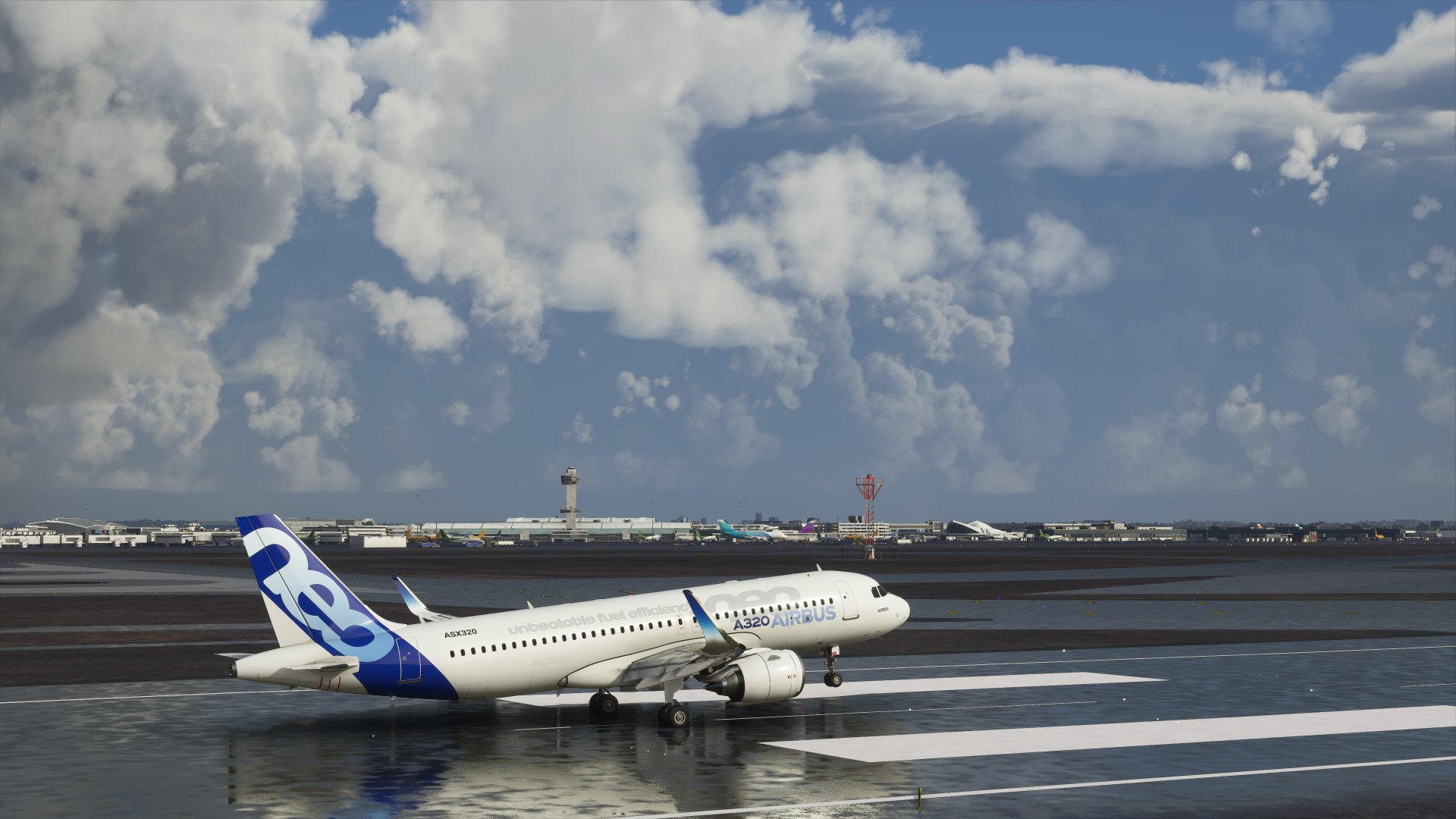
Microsoft Flight Simulator is the latest entry in Microsoft's long-running Flight Simulator series and is easily the most impressive. Using cloud-based technology, data streams in real-time. The game uses AI to extrapolate geometry, landscaping, foliage density, meteorological data, and air traffic updates. These features make every flight feel as real as possible. Yes, you can really see your house from up there, and you can also see what the weather's like as well.
Microsoft Flight Simulator offers 24 landing challenges that task players with landing specific aircraft in a variety of locations, from the most popular airports to the most dangerous landing strips in the world. The goal is to land the plane as smoothly and as accurately as possible. You're graded on how close to the center of the runway you land, how long it takes your plane to come to a full stop, and the touchdown's smoothness. Also, there are no assists in this mode — you'll have to manage it all by yourself. Trying to land your plane is difficult, so here are some tips and tricks that will make the landing challenges a little less scary.
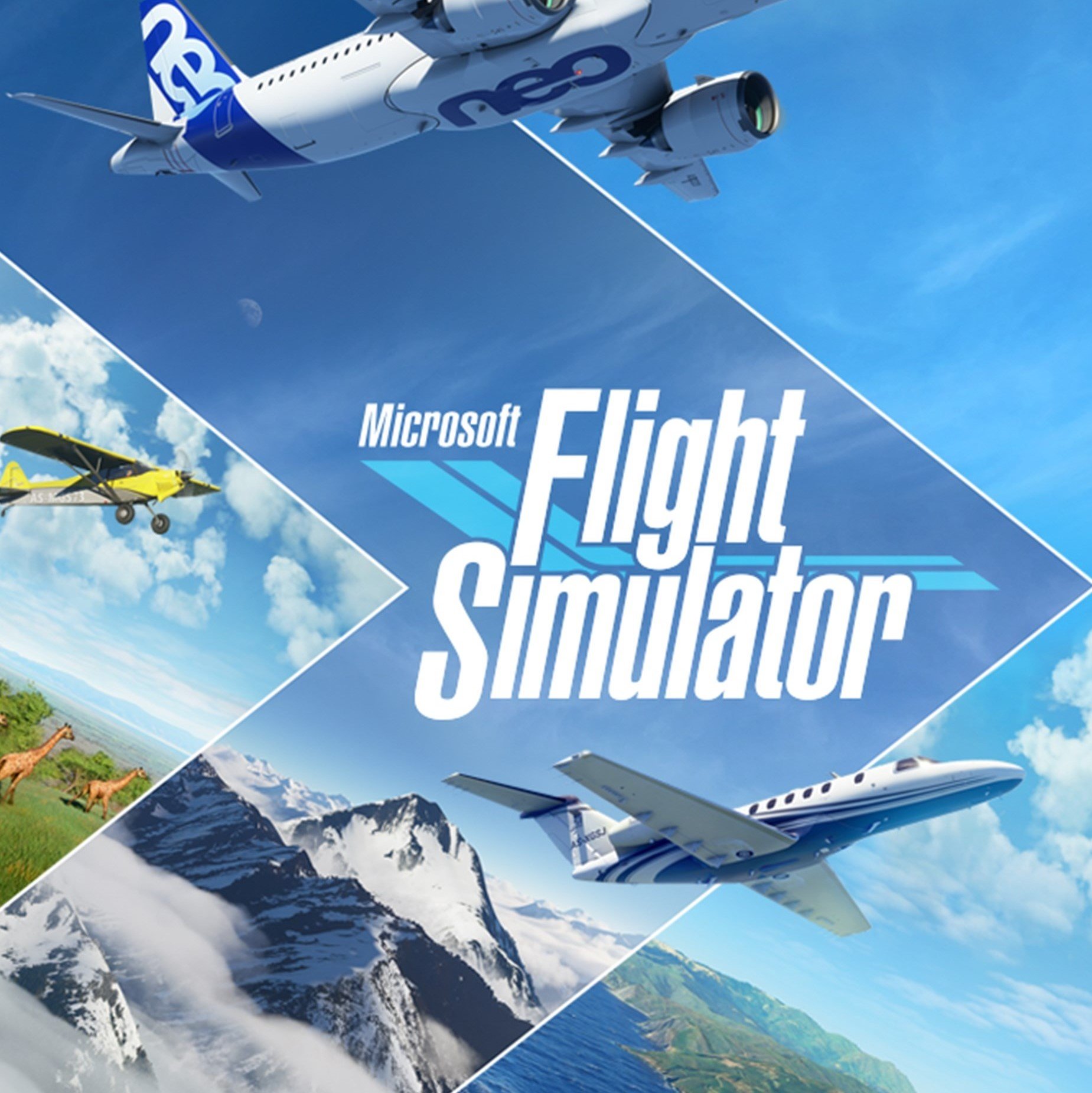
Microsoft Flight Simulator 2020 offers a cloud-powered globe, with authenticity on an unmatched scale. It's available exclusively for Windows PCs.
Go through with the tutorial
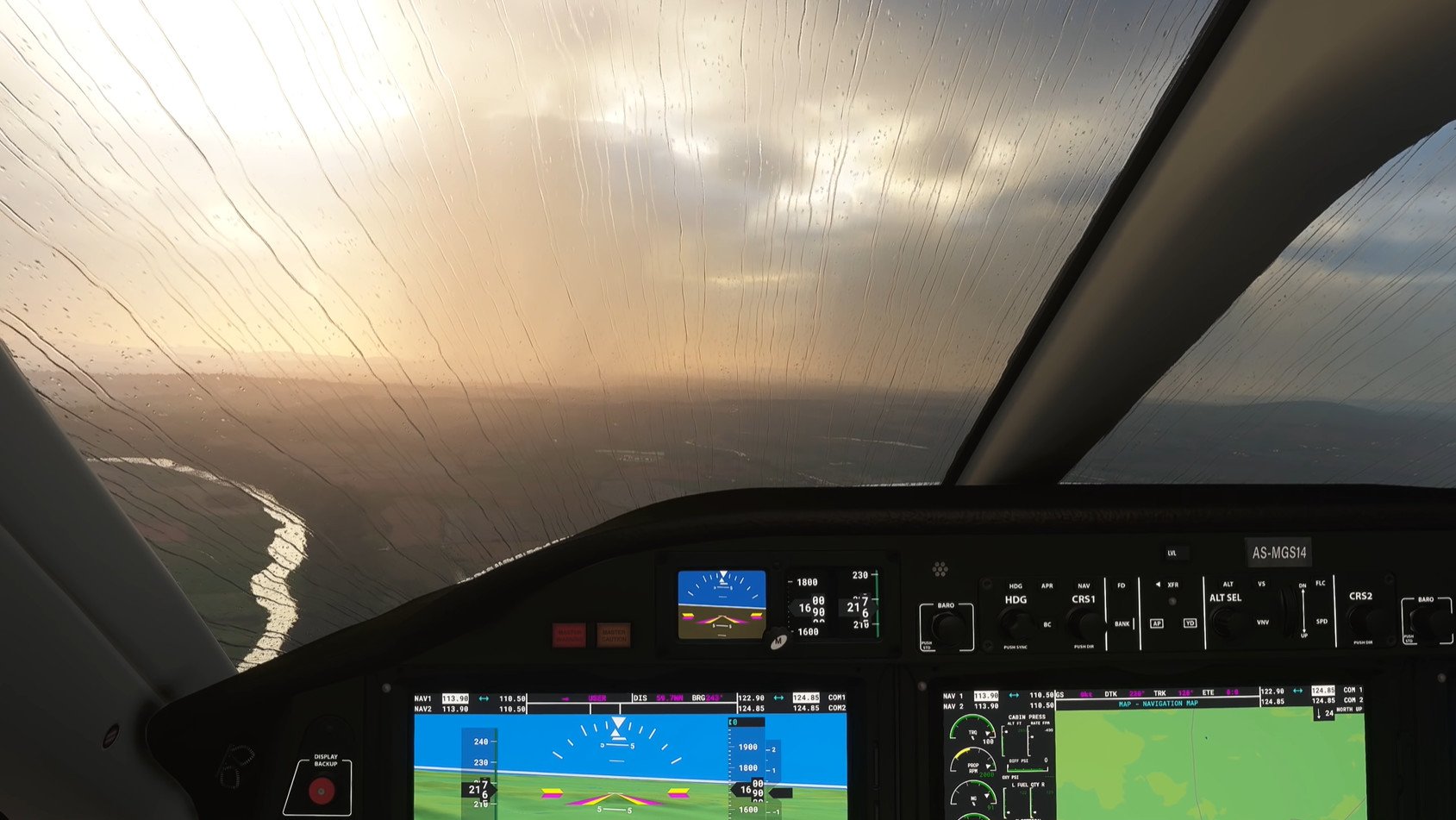
This is a no brainer, but it's probably the most critical step in this game. Getting into the sky is much easier said than done. Microsoft Flight Simulator is not a game where you can jump into the cockpit and wing it. It offers an extensive training program that'll teach you the ins and outs of a Cessna 152. You'll learn the fundamentals of plane control, flight instruments, and other essential basics before concluding training with a full takeoff and landing.
The most useful tutorial level for prepping for landing challenges is the fourth tutorial; it's all about landing. If you are having trouble, replay that level until you've got it down to a science. Each plane handles differently, but being comfortable in the cockpit is the first step to learning and mastering the other airplanes and beating their respective challenges.
Master your control
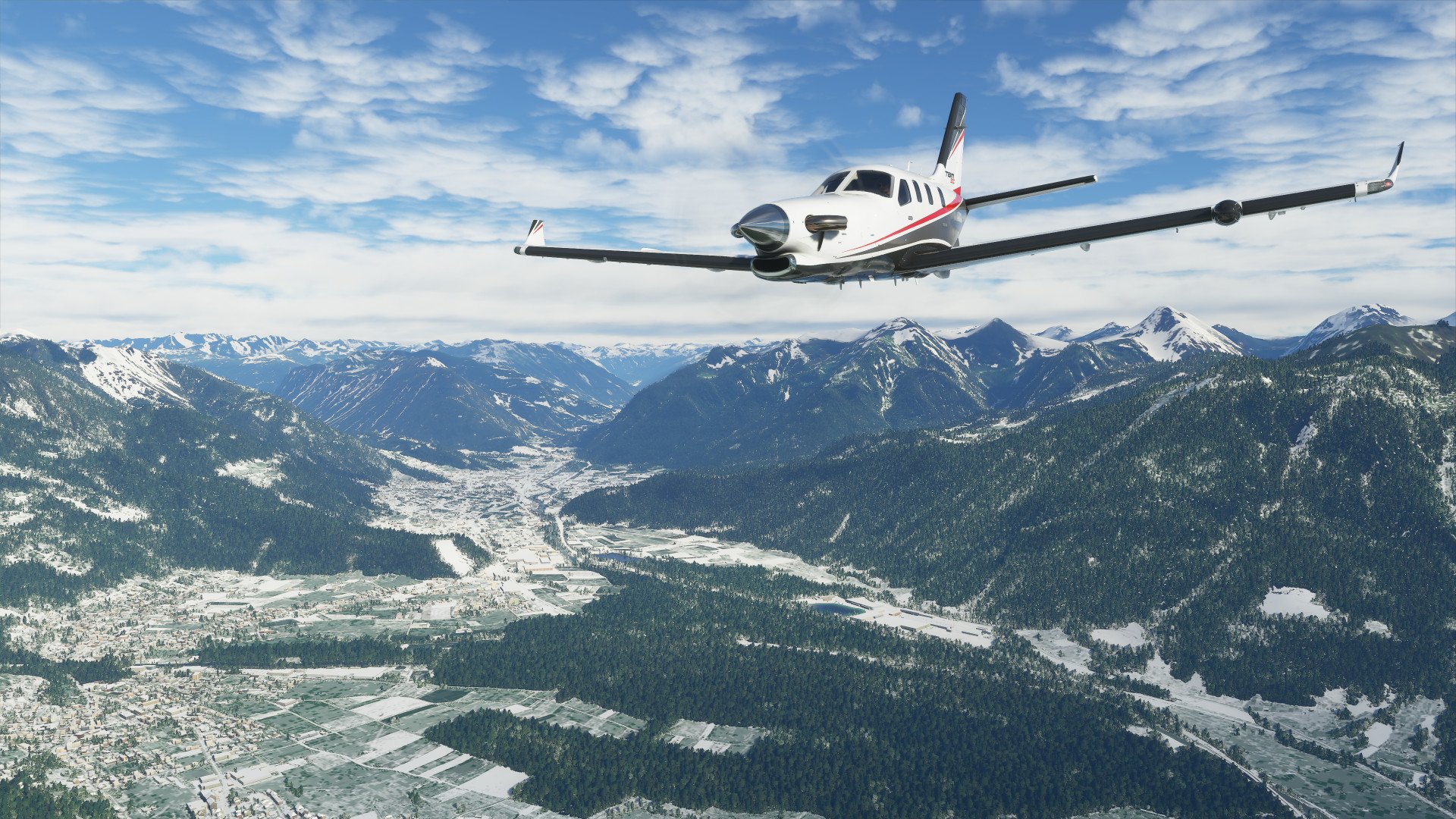
Microsoft Flight Simulator is playable with an Xbox controller, a mouse and keyboard, or if you're really serious about flying, a combination of a yoke and a pair of pedals. Learning the subtleties of an aircraft takes time, and if you're having trouble wrapping your head around everything, I found that breaking out an Xbox controller helped me out a lot. If you do go that route, turn the sensitivity down.
The default sensitivity is fine, but for the challenges that involve heavy winds, you'll find yourself swinging back and forth while flying. When you want to make smaller adjustments to your aircraft, you're going to want more sensitive controls. Here's how to find them.
- Find the Controls in the Options tab in the main menu.
- Click on your controller input, and find Sensitivity on the left side of the screen.
Dropping the sensitivity down by at least 10% helps a lot, but you can afford to drop it further for smaller aircraft, which are a lot more sensitive. It helps to set up profiles based on the plane you're flying, so you can easily swap sensitivity when you swap planes.
Get the Windows Central Newsletter
All the latest news, reviews, and guides for Windows and Xbox diehards.
Stay on target
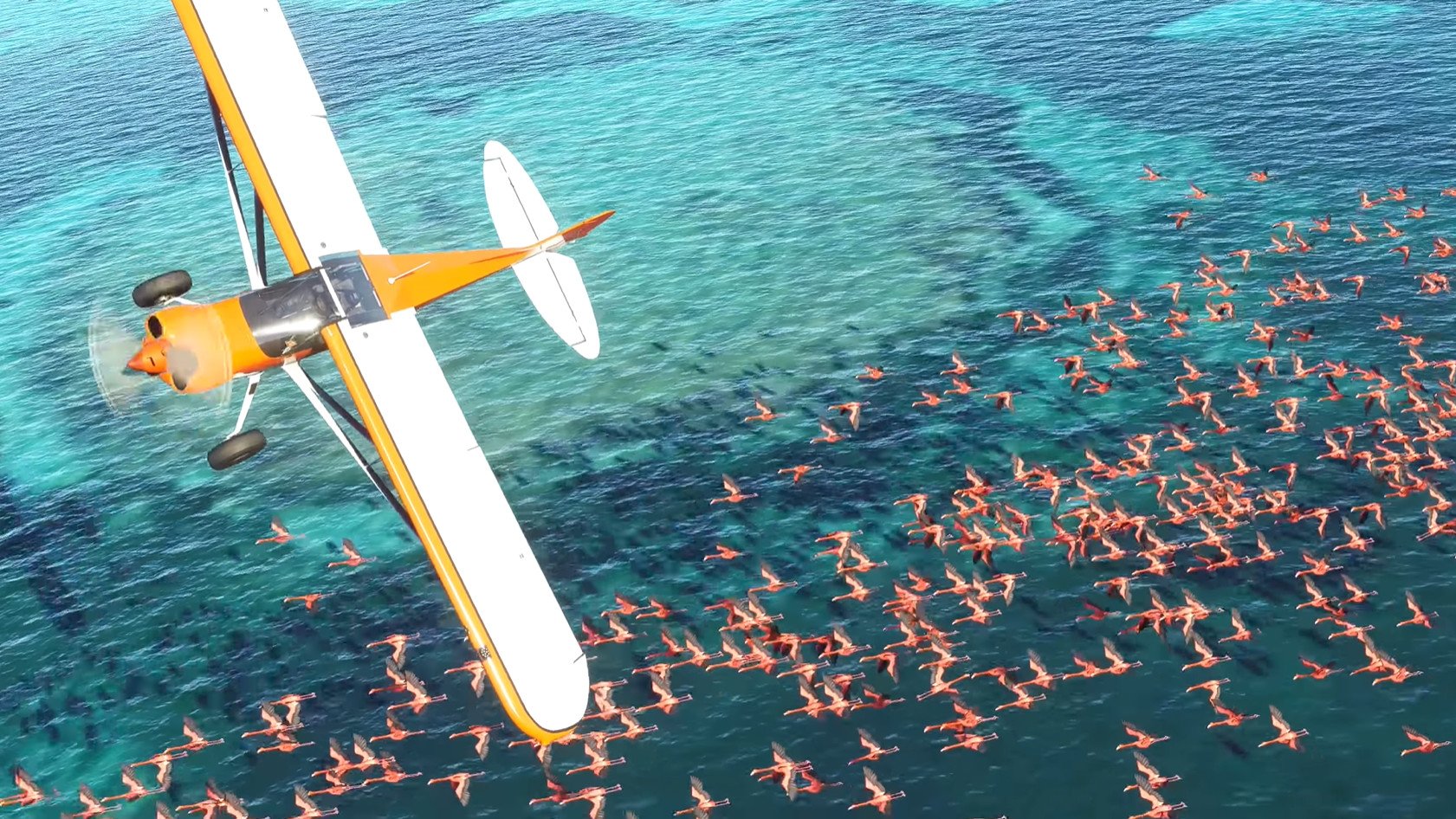
Landing in Microsoft Flight Simulator might be the hardest thing you do on your whole flight; there are so many things that can go wrong. You could come in too fast, or too slow, or at the wrong angle. While there are no crash animations in the game, the black screen that hits after a crash somehow hurts even more.
The key to landing is to maintain about 65 knots; target the number at the front of the runway in your dashboard. Begin descending on a path where that number stays as level as it can. If the number is rising, then you're falling too quickly, and you need more throttle. If it's falling, you're flying too fast, and you'll want to reduce your speed. Target the middle of the runway and point the nose of the aircraft down. Just as you're about to make contact with the runway, pull the nose of the aircraft up gently, and the plane should hit the ground with no problem.
Practice makes perfect
The landing challenges are a fun way to try out all of the different planes available and learn how they handle. With some practice, you'll be able to make smooth and safe landings all over the world — maybe even take a trip into the eye of a storm! What works best for you when tackling the landing challenges? Do you have any other tips worth sharing? Let us know in the comments.

Microsoft Flight Simulator 2020 offers a cloud-powered globe, with authenticity on an unmatched scale. It's available exclusively for Windows PCs.
Flight sim accessories
Into flight simulation games like Microsoft Flight Simulator, Ace Combat, Elite Dangerous, or Star Wars Squadrons? You'll want to check out these accessories.
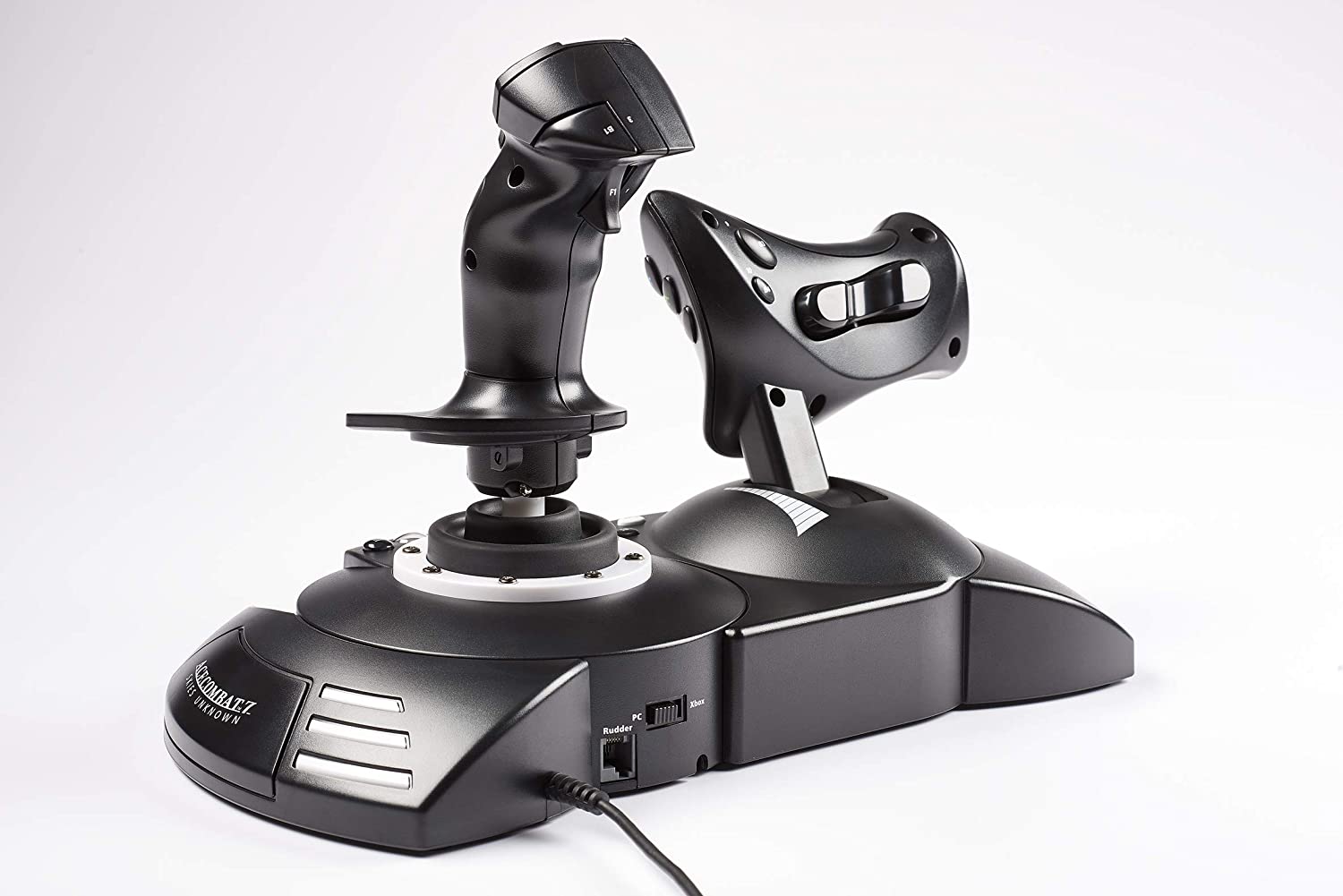
Thrustmaster T-Flight HOTAS (Xbox, PC) ($80 at Amazon)
As one of the only flight sticks available for Xbox One, this is your best option for taking to the skies in style.
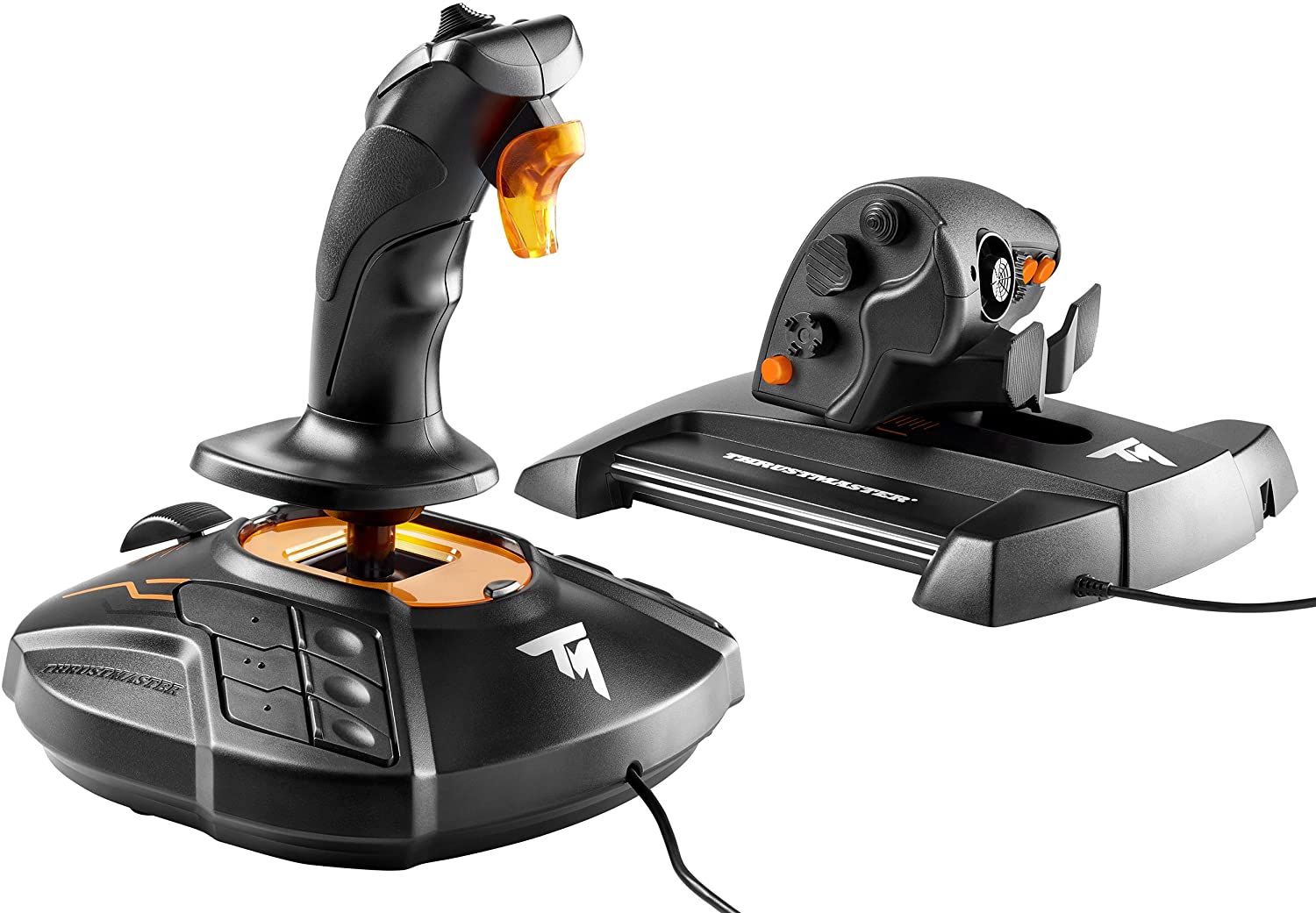
Thrustmaster 2960778 T.16000M (PC) ($160 at Amazon)
If you want to get more serious with your flight on PC, this is your best bet.
Zackery Cuevas is a writer for Windows Central, Android Central, and iMore. I like playing video games, talking about video games, writing about video games, and most importantly, complaining about video games. If you're cool, you can follow me on Twitter @Zackzackzackery.

